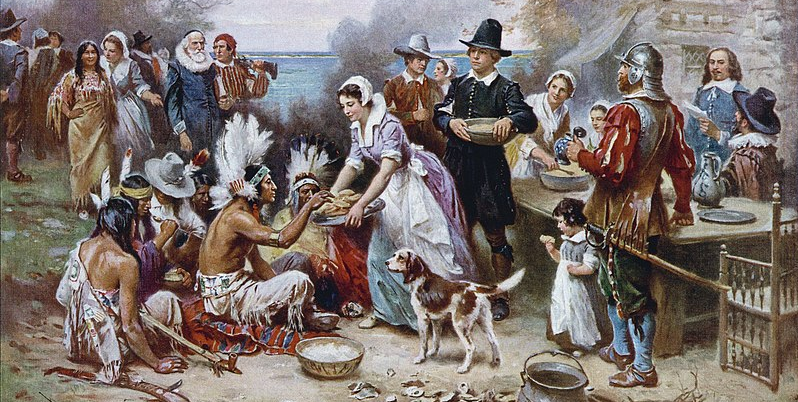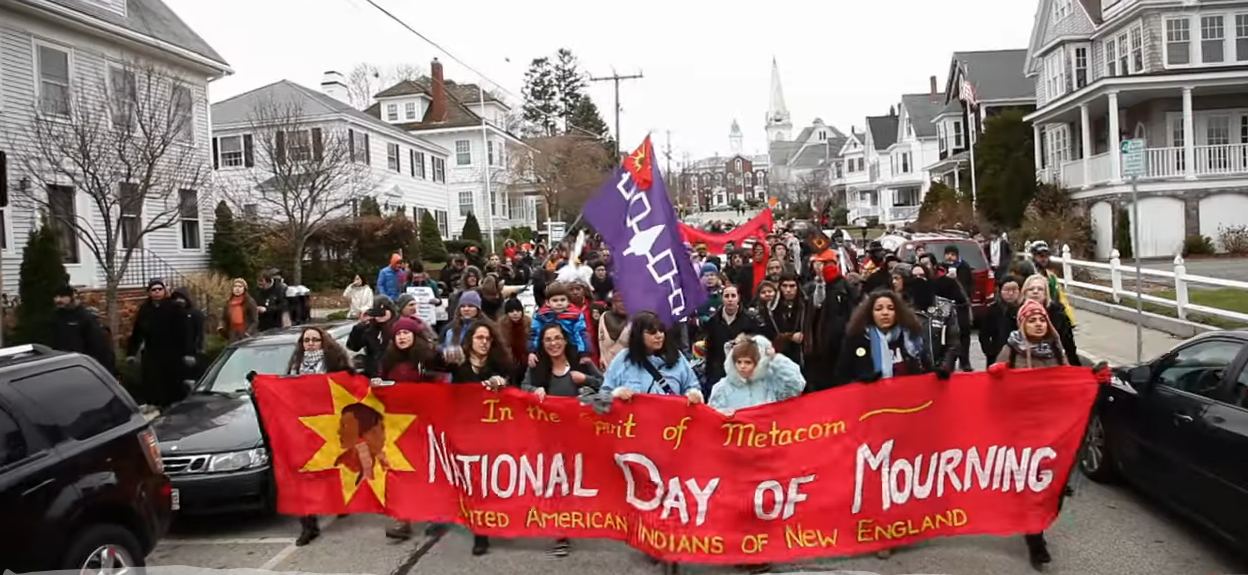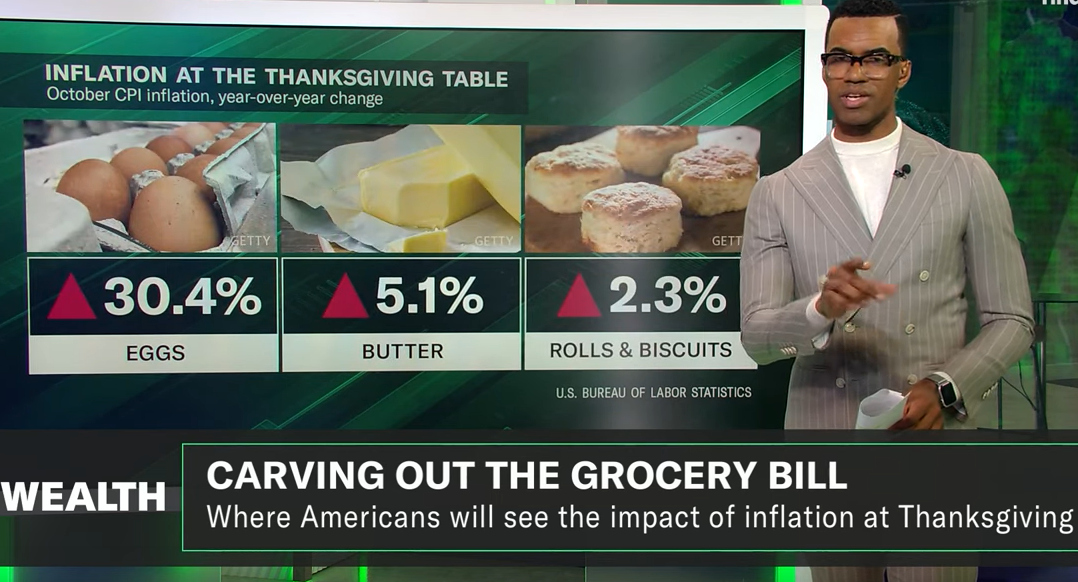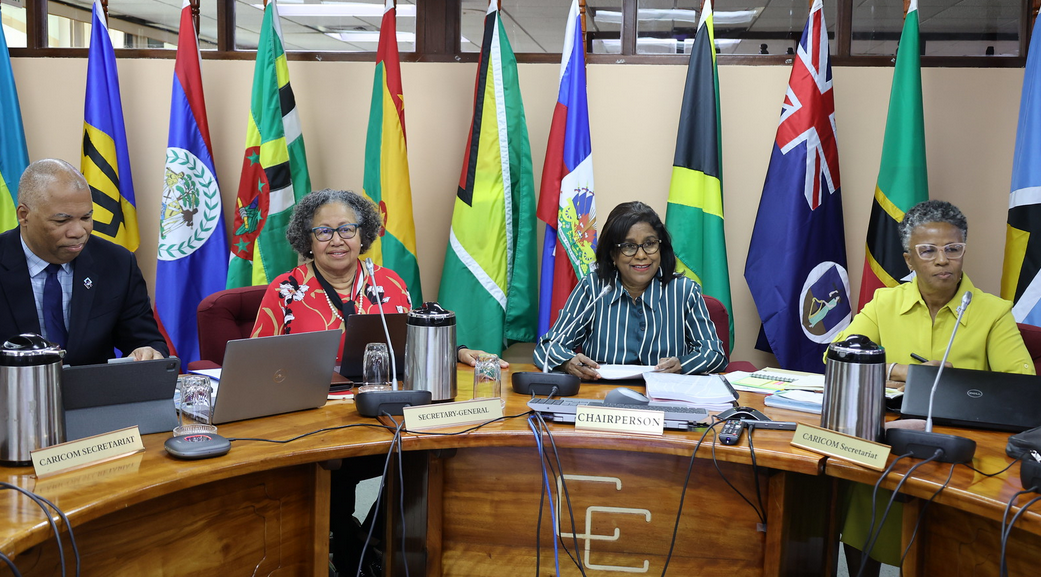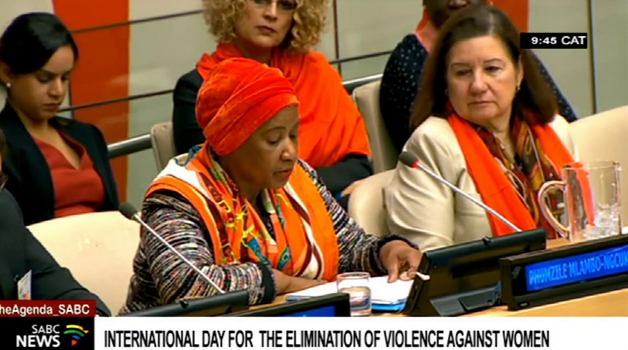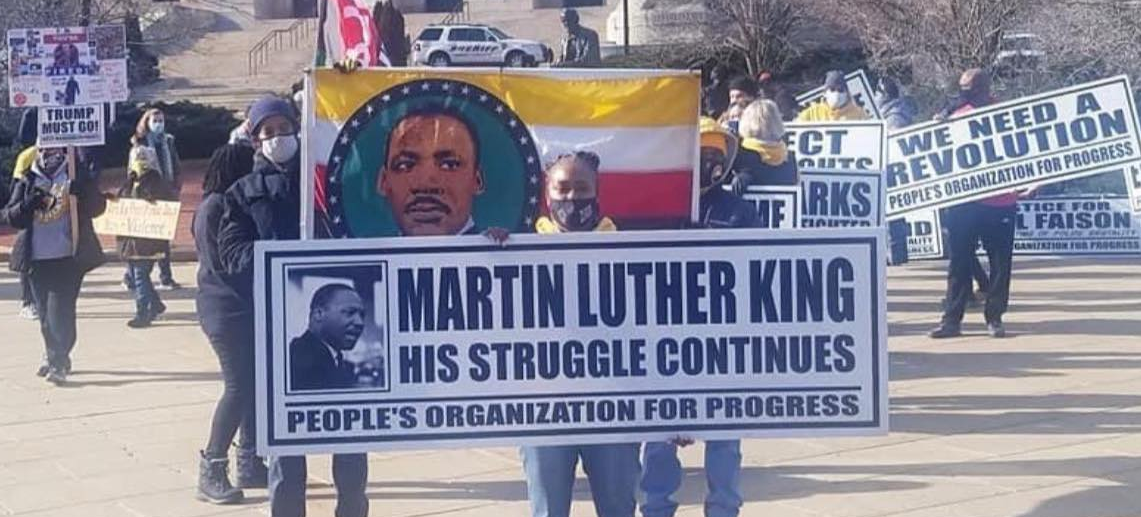(The Root) — In the opening line of his “I Have a Dream” speech, delivered at the Lincoln Memorial on Wednesday, Aug. 28, 1963, the Rev. Martin Luther King Jr. predicted that the March on Washington for Jobs and Freedom would “go down in history as the greatest demonstration for freedom in the history of our nation.”
Fifty years on, we know he was prophetic.
But at the time, it was a bold statement, for there had been many examples in our country’s history when Americans had screwed their courage and protested for a noble cause. One could point to the actions of the Sons of Liberty that led to the signing of the Declaration of Independence. One might also point to the anti-slavery movement that culminated in the American Civil War and the liberation of the slaves with the ratification of the 13th Amendment.
Indeed, there had been many other protests, picket lines and parades up until that point in our history, to be sure — some of them, like the suffragist movement, with far-reaching consequences that could redefine the roles of president and first spouse in 2016, with the potential election of our first female president.
But because of what radio and television were able to transmit in late August 1963, the March on Washington was witnessed by far more Americans than any previous demonstration, and from the deep vaults of American history, now flung open with a few taps on a touchscreen, images and sounds from that day are easily sampled as part of the stream of signal events that define our nation’s memory.
That these images are black-and-white and crackle only enhances their mystique — and thus their power to move and inspire our awe at “the majestic heights of meeting physical force with soul force,” as King said during his speech. And so we are left to wonder: What was it like to be there? What could they see, smell and hear that we today cannot, beyond the camera’s frame? What did they eat? Where did they go to the bathroom?
We know the temperature in Washington reached a high of 82, but how “sweltering” and packed-in were the throngs gathered around the reflection pool? And how did King’s voice carry, both up-close and as far away as the Washington Monument? What was said in the Oval Office, as President Kennedy and his attorney general, brother Robert, watched along with the rest of the nation on TV?
And with such numbers — some 250,000 to 300,000 people squeezed together, many of them with signs, buttons and folded white hats — how did it remain so peaceful and calm, with the sounds of respectful clapping, a murmur here and there, the call and response of the invigorated and engaged crowd serving as backdrop and frame forKing’s stirring words and enhancing their power, just like black church during a very special sermon?
For the next two weeks, The Root will seek to answer some of these questions by commemorating the 1963 March on Washington in a series of articles highlighting the facts, faces, figures and far-reaching effects of “that greatest demonstration for freedom in the history of our nation.” We will present our readers with slideshows and essays, galleries and stories that will take you through what marchers were listening to and feeling as they came from all over the nation. We will describe the legacy of the march, the women who made it possible and the unsung heroes whom time has forgotten.
In my next two Monday columns, I will join the conversation with a portrait of the march’s organizing genius, Bayard Rustin, a man who straddles both black and lesbian, gay, bisexual and transgender history (and who, I’m glad to see, will “at last” be receiving the Presidential Medal of Freedom); and an article on the “Dream” speech itself and its historical setting, the Lincoln Memorial.
Indeed, the March on Washington is not only part of our commonplace book of American history. A signal chapter, it changed the physical and spiritual landscape of our country, beginning with the signing of the Civil Rights Act of 1964 and then the Voting Rights Act of 1965 within the next 24 months. Because of them, the march and the other “searing” images of the civil rights movement — Emmett Till’s mutilated body; Bull Connor’s snarling dogs; King’s poignant “Letter From the Birmingham Jail”; the murder of our innocents, those beautiful “Four Little Girls” — there is now a black man in the White House, who, on the eve of his first inaugural, returned to the scene of the march to take in the full weight of the history he was about to make; who, in October 2011, helped dedicate a memorial to King a short walk from Lincoln’s at 1964 Independence Ave.; and who will again speak at the anniversary of the march at the Lincoln Memorial later this month.
For more of this article please see TheRoot






